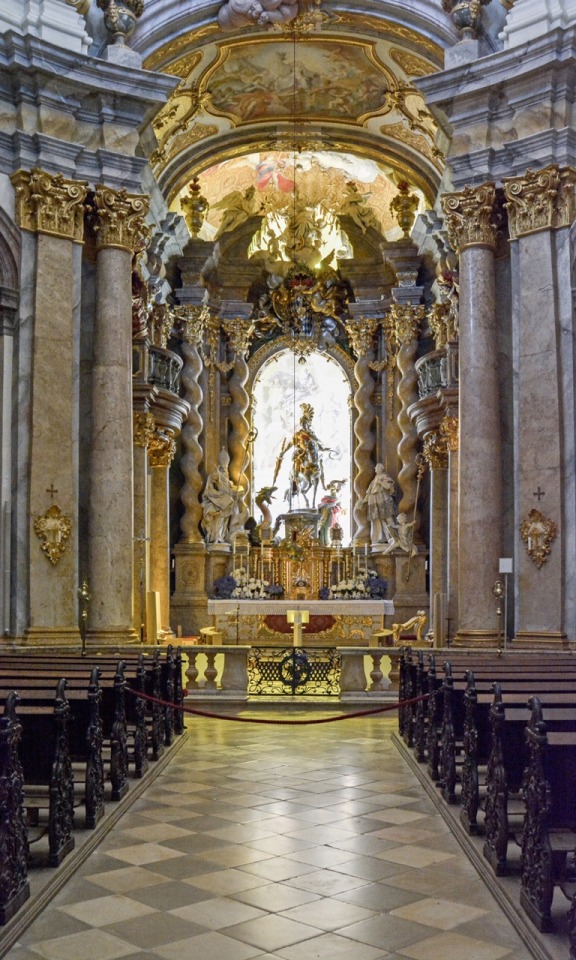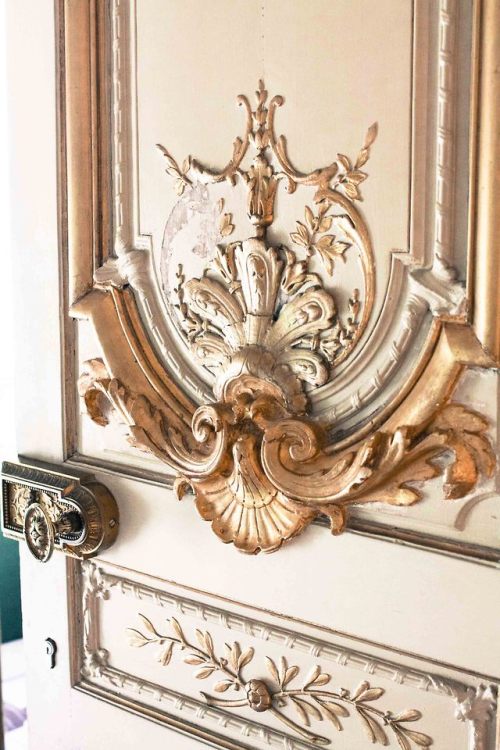#rococo architecture









SPÄTBAROCK IN SÜDDEUTSCHLAND UND ÖSTERREICH XII
BENEDIKTINERABTEI ST GEORG ZU WELTENBURG
Founded in AD 617, Kloster Weltenburg is the oldest monastery in Bavaria. Built for strategic reasons on a bend in the Danube, about 25 km east of Regensburg, the abbey buildings are approachable only from the river or from the village of Weltenburg to the south.
During the Thirty Years War, the abbey was repeatedly sacked and plundered. Its buildings were destroyed, the monastic community was greatly reduced and adherence to the Rule abandoned. Abbots were elected only to resign in rapid sucession. This dire state of affairs attracted both papal and imperial attention, which led to the installation of abbot Marius Bächl in 1713. The new abbot’s primary duty was the reconstruction of the conventual buildings.
Bächl exceeded expectations. The cloister was rebuilt 1714-16 and the abbey church begun in 1716, based on plans by the obscure Fr. Philipp Plank Planer and carried out by Baumeister Michael Wolf. When the consecration took place in 1718, the church largely finished and roofed. Probably recommended by his patron, the consecrating bishop, Cosmas Damian Asam was commissioned at that time to decorate the interior and design the high altar. Quirid Egil arrived in 1721 and other members of the Asam family of artisans were to follow.
Cosmas Damian and Quirid Egil Asam are often credited as the abbey church, despite the fact that the fabric of the church had been largely rebuilt prior to their arrival at Weltenburg. Aspects of the church’s design, however, including the oval nave and illusionistic ceiling fresco, suggest a firsthand knowledge of the Roman baroque, which Cosmas Damian Asam alone among the artists involved possessed after his prolonged stay there. Possible interventions in the Weltenberg plan might have led the Asam Brothers, who had hitherto been identified in the documentary sources as maler and bildhauer, to define themselves after this project as architect-designers.
Be that as it may, the Asams were clearly responsible for the painted, sculpted, and stuccoed decoration of the interior. The most striking feature of the Weltenburg interior is the multi-media high altar, which occupies most of the choir. In the Roman baroque tradition, this ensemble blends sculpture, architecture, stucco, and painting into a spectacular theatrum sacrum. Beneath a triumphal arch supported by twisted marble columns stands a sculptural group by Egid representing the abbey’s patron, St George slaying the dragon while rescuing the princess. Rather than occupying the same space as the dragon and princess, however, the equestrian figure stands on a base, recalling the statue of Marcus Aurelius on the Campidoglio. Like that ancient monument, The horse and figure appear to be fashioned of metal; in reality, the work is a wood and stucco confection, brilliantly polychromed by the Fassmalerin, Maria Salome Asam, sister of the Asam brothers. Like the inclusion of the base, polychrome is intended to create the illusion not of a saint riding a horse but of an expensive representation of a saint riding a horse. This group is flanked by the helper saints Martin of Tours and Marius of Subiaco (a stand-in for abbot Marius). A wall fresco by Cosmas Damian depicting the Assumption of the Virgin serves as a backdrop for the sculpture.
The Asams appear to have left Weltenburg around 1724 after the completion of the high altar. For the next decade, construction focused on the monastic support buildings and the church façade. Abbot Marius recalled the Asam brothers to Weltenburg in 1734 to fresco the nave walls and to add the four diagonal niches, which were designed by Egid. The ceiling fresco is by Franz Erasmus Asam, the son of Cosmas Damian.
Having fulfilled his mission, Marius Bächl, now hailed as the “second founder” of the abbey, resigned his abbacy in 1743 at the age of 75.
For an excellent overview of the building history of Weltenburg, see the article by Pius Bieri here.
Previous installments in the German Late Baroque series:
II.THE PILGRIMAGE CHURCH AT WIES
IV.THE TREPPENHAUS OF THE WÜRZBURGER RESIDENZ
V.DAS MARKGRÄFLICHES OPERNHAUS ZU BAYREUTH
VII.VIERZEHNHEILIGEN
VIII. DAS HELBLINGHAUS
IX. GERMAN BAROQUE ORGAN LOFTS
X. KLOSTER OTTOBEUREN



